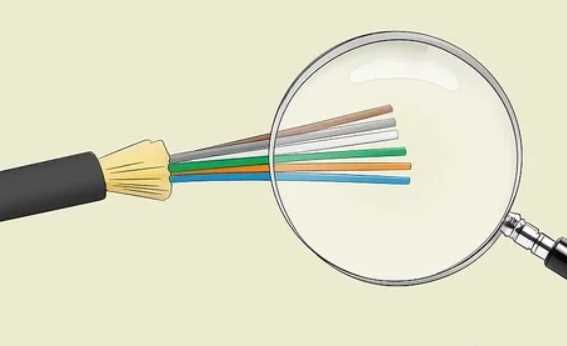In today’s hyper-connected world, fast internet isn’t just a luxury—it’s essential. With an ever-increasing number of activities moving online, from remote work and virtual learning to online shopping and video chats with friends, the demand for reliable, high-speed internet has never been higher. Among the various types of internet available, fiber optic WiFi is often touted as one of the fastest and most reliable options. But is fiber optic really the speed champion it’s made out to be? Let’s dive into the details and find out.
Contents
Understanding Internet Speeds
Before we compare the different types of internet, it’s important to understand what we mean by “speed.” Internet speed is typically measured in megabits per second (Mbps) or gigabits per second (Gbps), and it includes two types:
- Download Speed: How quickly you can pull data from the internet to your devices. This is crucial for activities like streaming videos or downloading files.
- Upload Speed: How quickly you can send data from your devices to the internet. This is important for video calling, online gaming, and uploading files to the cloud.
What Makes Fiber Optic Different?
Technology Behind Fiber
Fiber optic technology uses tiny strands of glass or plastic fibers to transmit data using light waves. Unlike traditional copper cables used in DSL or cable internet, which transmit data using electrical signals, fiber’s use of light allows it to deliver much faster and more reliable data transmission.
Speed Comparison
While typical broadband services like DSL or cable internet offer download speeds up to 100 Mbps and in some cases up to 300 Mbps, fiber optic internet can deliver speeds up to 1 Gbps or more. This isn’t just slightly faster; it’s a magnitude of speed that can change how you experience the internet.
Advantages of Fiber Optic Internet
Consistent Speeds
One of the biggest advantages of fiber is that it provides consistent speeds even during peak usage times. Cable internet, while fast, can suffer from slowed speeds during evenings or other high-usage periods because you share your connection with neighbors.
Symmetrical Speeds
Fiber often provides symmetrical upload and download speeds, meaning you can upload data just as fast as you download. This is particularly beneficial for anyone who creates content online, participates in regular video conferences, or plays competitive online games.
Real-World Applications
Streaming and Entertainment
For streaming high-definition (HD) or 4K videos, fiber optic’s high-speed capabilities mean you can watch your favorite shows and movies without the frustration of buffering. Additionally, households with multiple people streaming different media simultaneously will find that fiber handles this much better than other types of internet.
Online Gaming
Gamers benefit greatly from fiber’s low latency—the delay before a transfer of data begins following an instruction for its transfer. Low latency is crucial for fast-paced online games where every millisecond counts.
Smart Homes
As more home devices become connected to the internet, from smart thermostats to security cameras, the bandwidth requirement increases. Fiber’s capacity to handle numerous high-demand devices at once makes it ideal for smart homes.
Cost and Availability
Investment Worth Considering?
While fiber optic internet might be more expensive than DSL or cable, its benefits could outweigh the costs, particularly for families or businesses that need high-speed, reliable internet access for multiple users or devices. However, the availability of fiber internet is still limited in some areas, primarily urban centers.
Conclusion: Evaluating Your Needs
Is fiber optic internet faster? Absolutely. Is it right for you? That depends on your specific internet needs and whether the benefits of switching to fiber—like higher speeds, lower latency, and more reliable service—will enhance your online activities. For those who can access it and afford it, fiber optic is definitely a superior choice for internet service. If you’re considering making the switch, think about how you use the internet now and how you might use it in the future to decide if fiber is worth the investment for your home or business.




